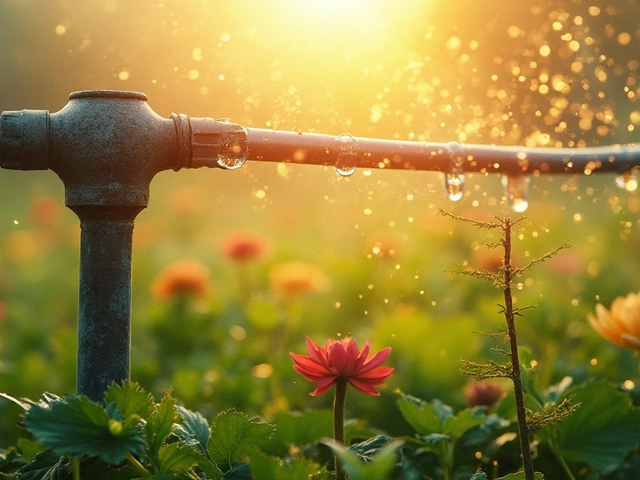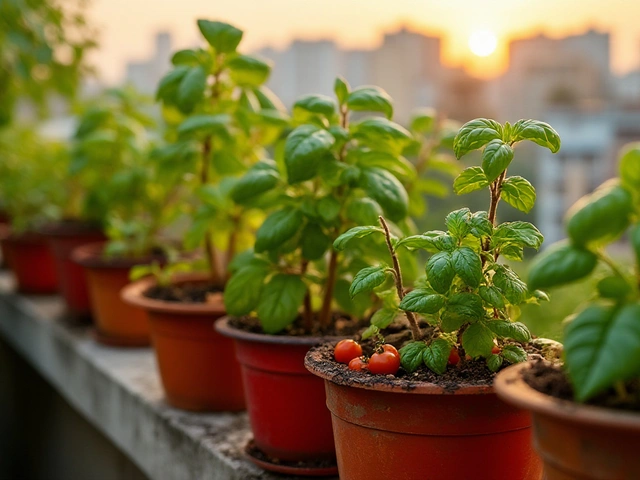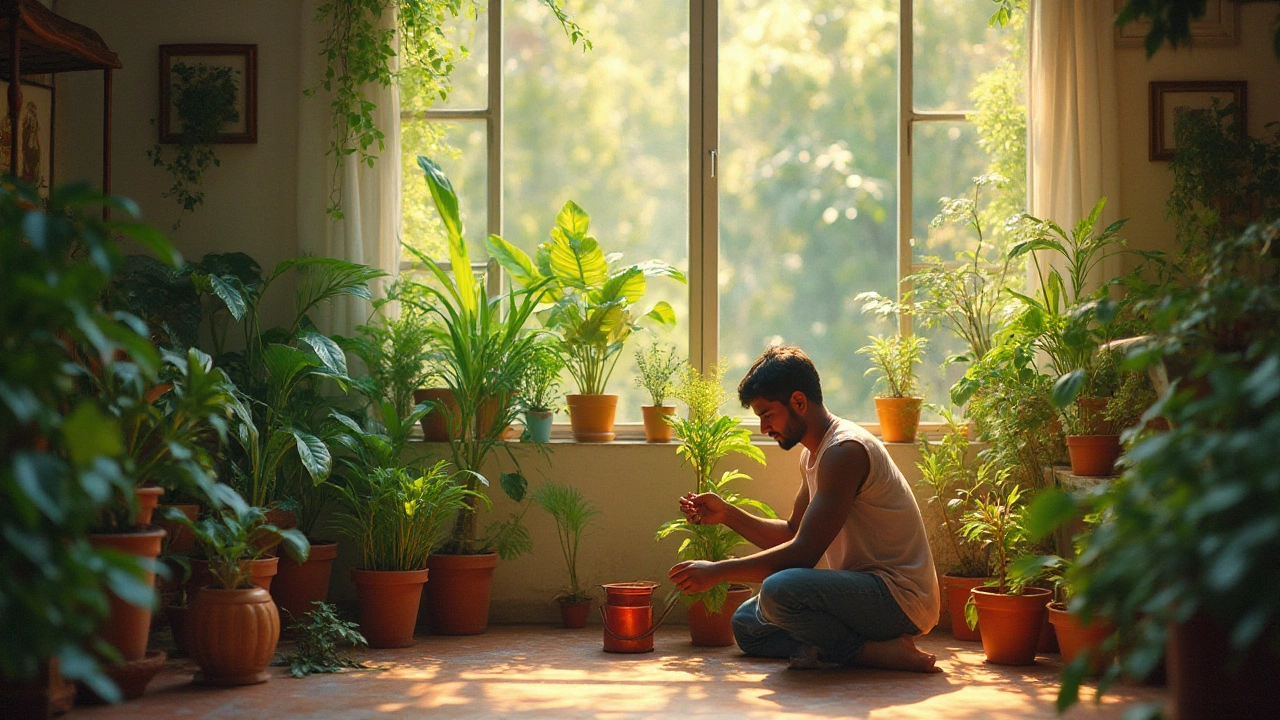Revive Plants: Simple Steps to Bring Your Garden Back to Life
If a plant looks sad, it’s not the end. Most wilting, yellowing, or droopy plants can be rescued with a few easy actions. Below you’ll find straight‑forward tips that work for indoor houseplants, balcony gardens, and even small vegetable beds.
Check Water and Light
Start by feeling the soil. If it’s bone dry, give the plant a deep drink until water runs out of the drainage holes. Too much water? Let the pot sit for a day and make sure excess drains away. Light is the next big factor. Move the plant to a spot that matches its needs – bright indirect light for most houseplants, full sun for veg veggies. If you can’t change the location, use a sheer curtain or a grow light to soften harsh rays.
Fix Soil and Feed Your Plants
Compacted soil chokes roots. Loosen the top few inches with a hand fork or add a handful of compost to improve texture. For indoor pots, a mix of peat, perlite, and garden soil works well. After the soil is loose, give a light feeding. A balanced liquid fertilizer diluted to half strength boosts recovery without burning tender roots.
Pruning helps the plant focus energy on healthy growth. Trim off any brown or mushy leaves with clean scissors. Cut just above a leaf node so new shoots can emerge. This also improves airflow and reduces disease risk.
Pests often hide in stressed plants. Look for tiny holes, sticky residue, or white webs. A quick spray of soapy water (a few drops of dish soap in a litre of water) can knock back aphids and spider mites. For tougher infestations, try neem oil, but always test on a small leaf first.
Humidity matters, especially for tropical houseplants. Place a shallow tray of water near the pot or mist the foliage lightly once a day. If the air is very dry, a small indoor humidifier can make a big difference.
Don’t forget to give the plant a break from drastic changes. After you’ve corrected water, light, and soil, let the plant settle for a week before making more adjustments. Watch for new growth – that’s the sign it’s on the mend.
Finally, keep a simple log. Jot down watering dates, fertilizer amounts, and any changes in appearance. Over time you’ll see patterns and can prevent future stress. Reviving plants is mostly about catching problems early and giving them the basics they need to thrive.
Revive Your Indoor Garden: Expert Tips for Restoring Plants
When indoor plants start to show signs of decline, it's crucial to apply the right techniques to bring them back to health. This article offers practical steps, from assessing sunlight needs to improving water routines, helping you nurse your greenery back to life. Understanding the plant's requirements and careful observation can make a significant difference in their recovery journey. Embrace these strategies to enjoy a thriving indoor garden. Your once wilted and brownish plants will soon be buzzing with vitality.
About
Gardening
Latest Posts


Best Vegetables to Cultivate in Pots for Your Balcony Garden
By Alden Thorne Dec 22, 2024

How to Waterproof Your Terrace Roof: Essential Tips
By Alden Thorne Apr 11, 2025

Best Houseplants for Beginners and Enthusiasts: Top Choices for Every Space
By Alden Thorne Jun 30, 2025

